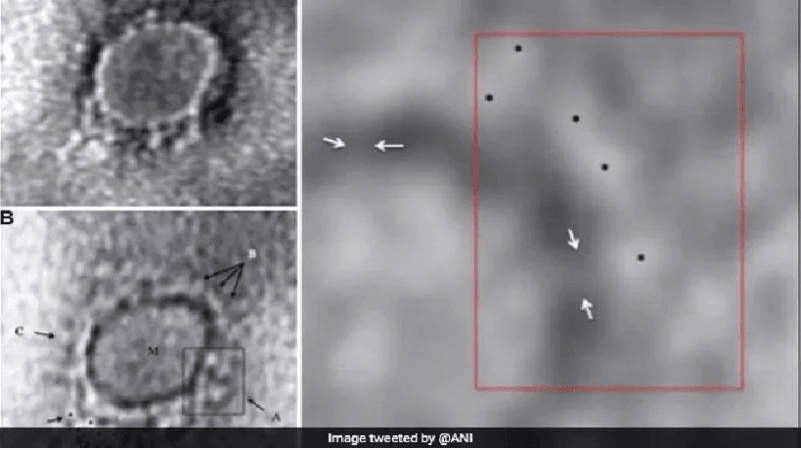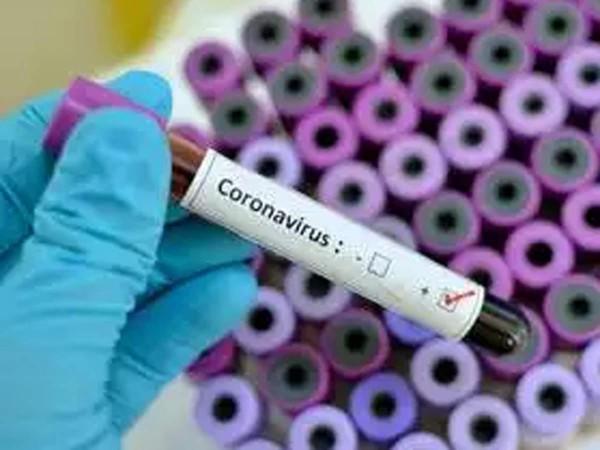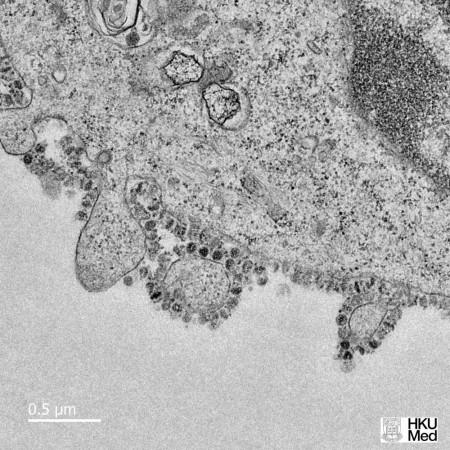India becomes the first country to produce high definition images of the coronavirus. A team of scientists from the ICMR-NIV in Pune has come up with this remarkable discovery as the coronavirus pandemic continues claiming lives.
The images have been captured using a transmission electron microscope and have been published in the Indian Journal of Medical Research.

The gene sequencing of the samples from Kerala done at the National Institute of Virology (NIV) in Pune found that the virus was a 99.98 per cent match with the virus in Wuhan.
Samples taken from throat swab
COVID-19 is caused by the Sars-Cov-2 virus. The images now produced are taken from the throat swab of the first laboratory-confirmed case in India reported on January 30. The woman, among three students studying medicine in Wuhan in China, was diagnosed with COVID-19 after returning to India.
The image revealed the presence of stalk-like projections ending in round structures typical of a coronavirus particle.

The structure of the virus
The article titled "Transmission electron microscopy imaging of SARS-CoV-2" has been authored by the ICMR-NIV National Influenza Centre Team. The authors include Atanu Basu, deputy director and head of electron microscopy and pathology at NIV Pune.
"In summary, to the best of our knowledge, this is the first report from India detecting the SARS-CoV-2 virus using TEM directly in a throat swab specimen confirmed by PCR..." the study said.

According to the article, one particular virus particle was very well preserved, showing features very typical of coronaviruses. These bind only to certain receptors on the host cell.
The study report
The novel coronavirus is the most recent human pneumonia virus with high outbreak potential. The zoonotic viral spread continues to havoc wrecking millions of human life across the globe.
The study suggests that the description of a novel human coronavirus, initially referred to as the Wuhan coronavirus (CoV), is currently designated as severe acute respiratory syndrome (SARS)-CoV-2 as per the latest International Committee on Taxonomy of Viruses (ICTV) classification.

This novel virus was initially identified through next-generation sequencing (NGS). With India's contribution of the electron microscope image of the virus, the medical and research field gets a more accurate descripton on the virus, its structure and ways of attack in the human body.

















